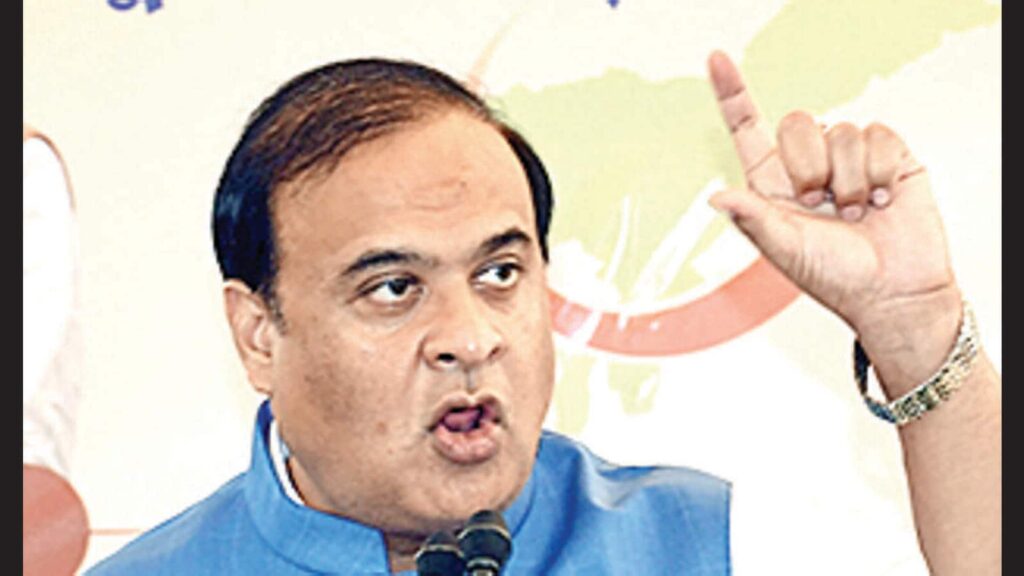Assam’s decision to set up an expert committee to examine if the state legislature is empowered to bring about a law to ban polygamy has stoked a row because of the perception that the move may be targeted at minority populations. Chief minister (CM) Himanta Biswa Sarma said that the committee will examine the provisions of the Muslim Personal Law (Shariat) Act, 1937 read with Article 25 of the Constitution of India, and consult Islamic scholars and intellectuals, to move towards banning polygamy. Though the CM stressed that his aim was to stop anyone, Hindu or Muslim, from indulging in the practice, Opposition parties have alleged that – just like the earlier drive against child marriage – the new move may be used by the authorities to target minority populations.
The question of polygamy has been a vexed one since Independence, entangled in religious beliefs and personal laws on one side and women’s rights and secular jurisprudence on the other. The Supreme Court said last year that it will form a Constitution Bench to hear petitions against polygamy that argued the practice was unconstitutional. Women’s groups have for decades highlighted the plight of second and third wives, and demanded legal protections for them, while pointing out that coercive and harsh implementation of the law ended up hurting many of the victims.
A look at the data from the census and National Family Health Surveys (NFHS) makes it eminently clear that the practice of polygamy cuts across communities. Census data shows that the number of currently married women is greater than currently married men in all religious groups. This discrepancy can only be explained with some men marrying more than one woman. Similarly, an analysis of NFHS data by the International Institute of Population Studies showed that polygamy was prevalent among Hindus as well as Muslims and other groups, and possibly had a stronger correlation to class and education status, than faith. These statistics should be on the table when discussions on banning polygamy take place.

